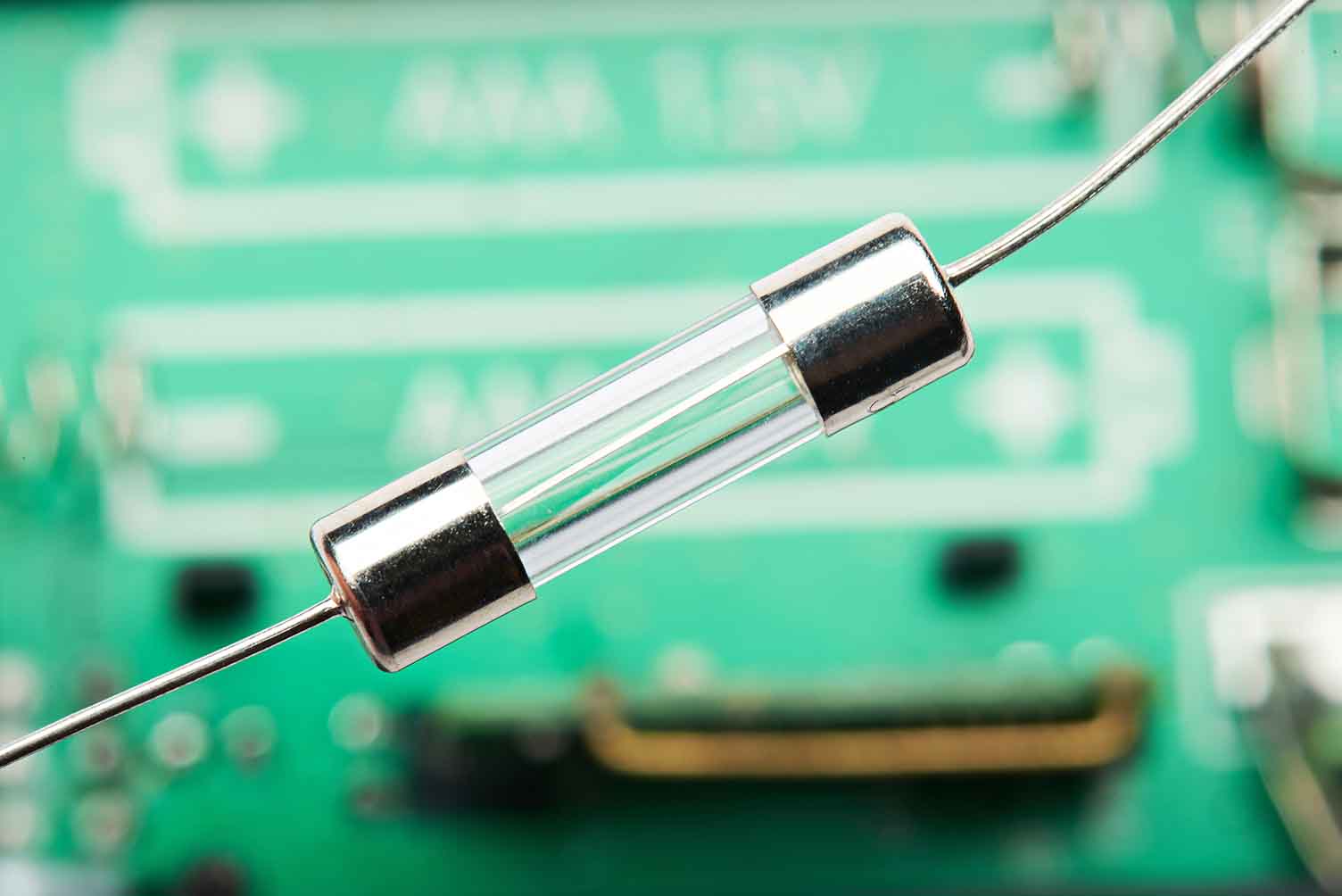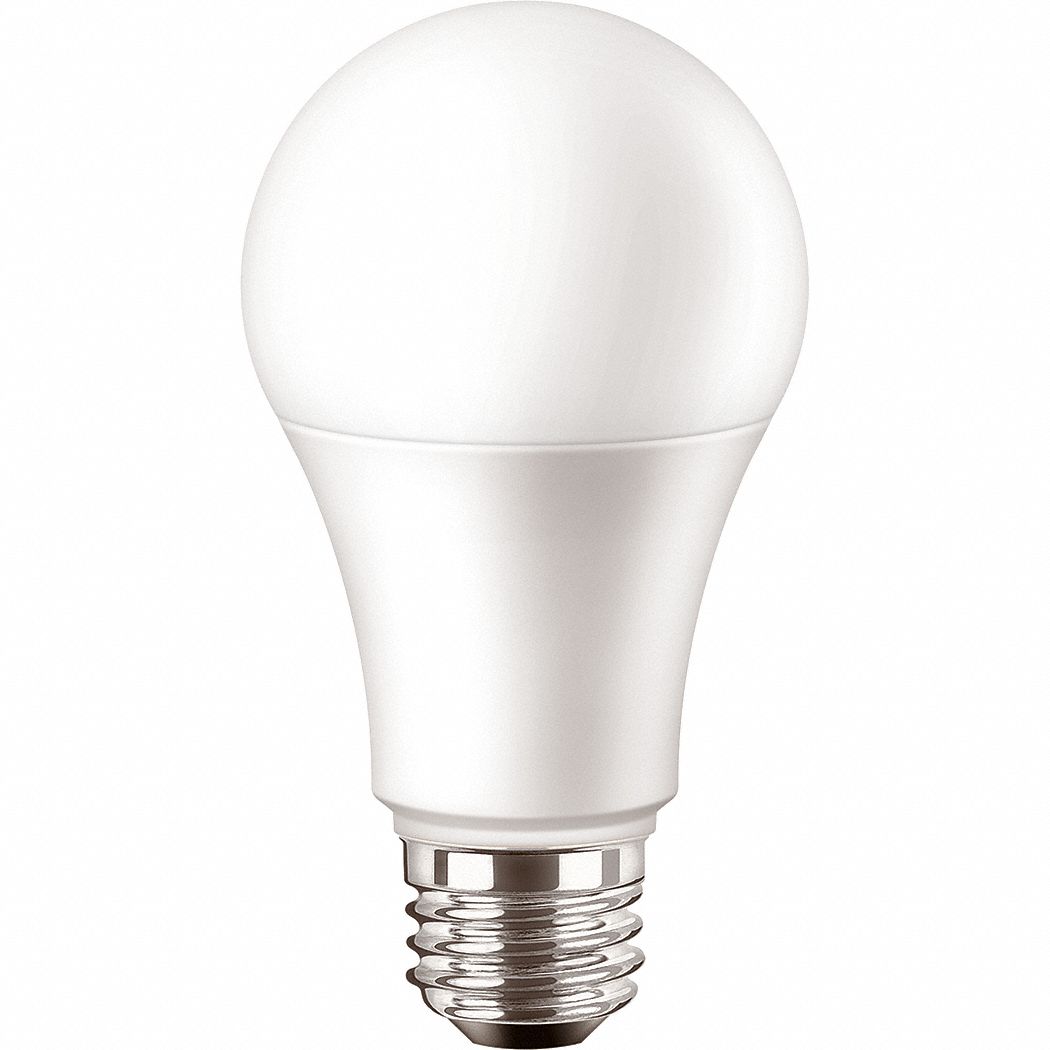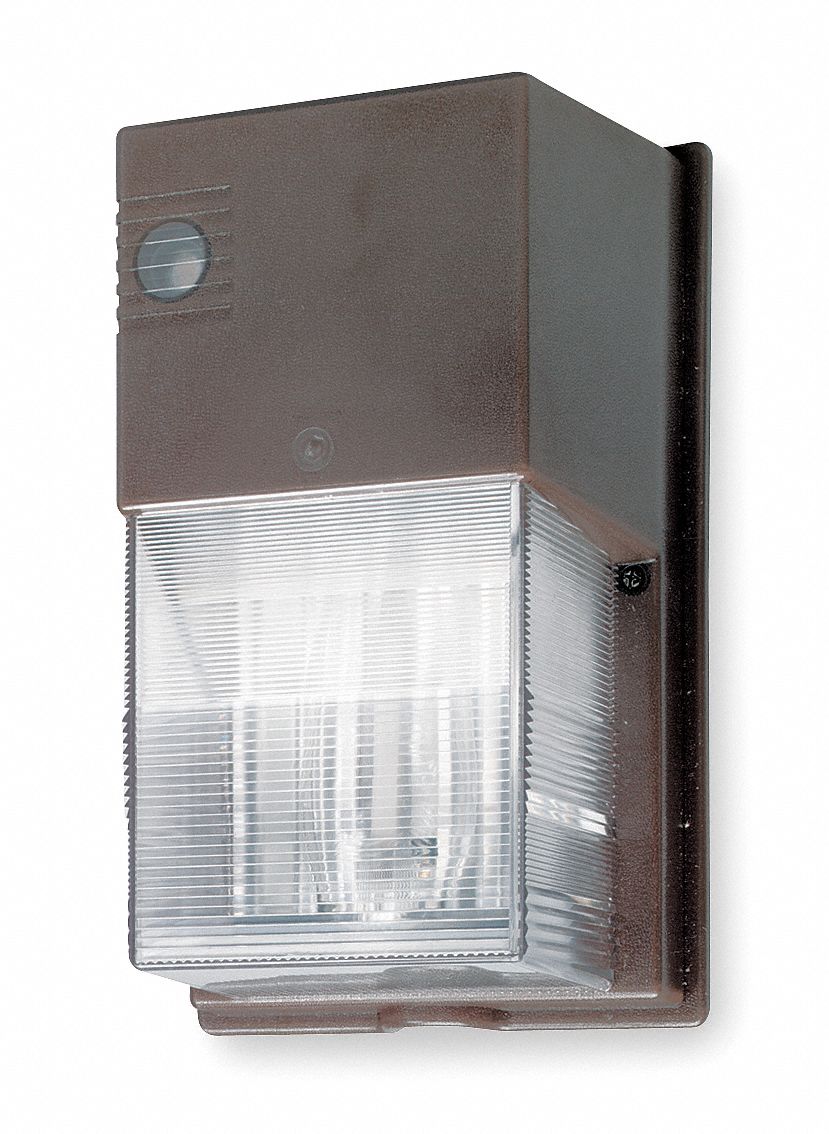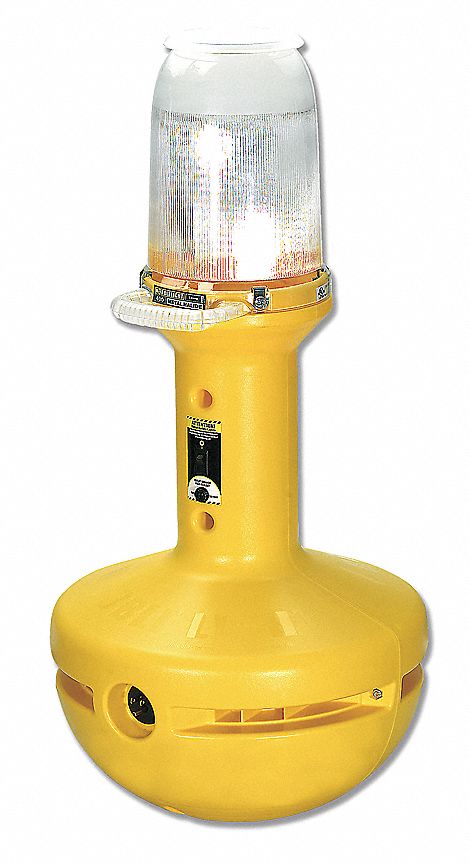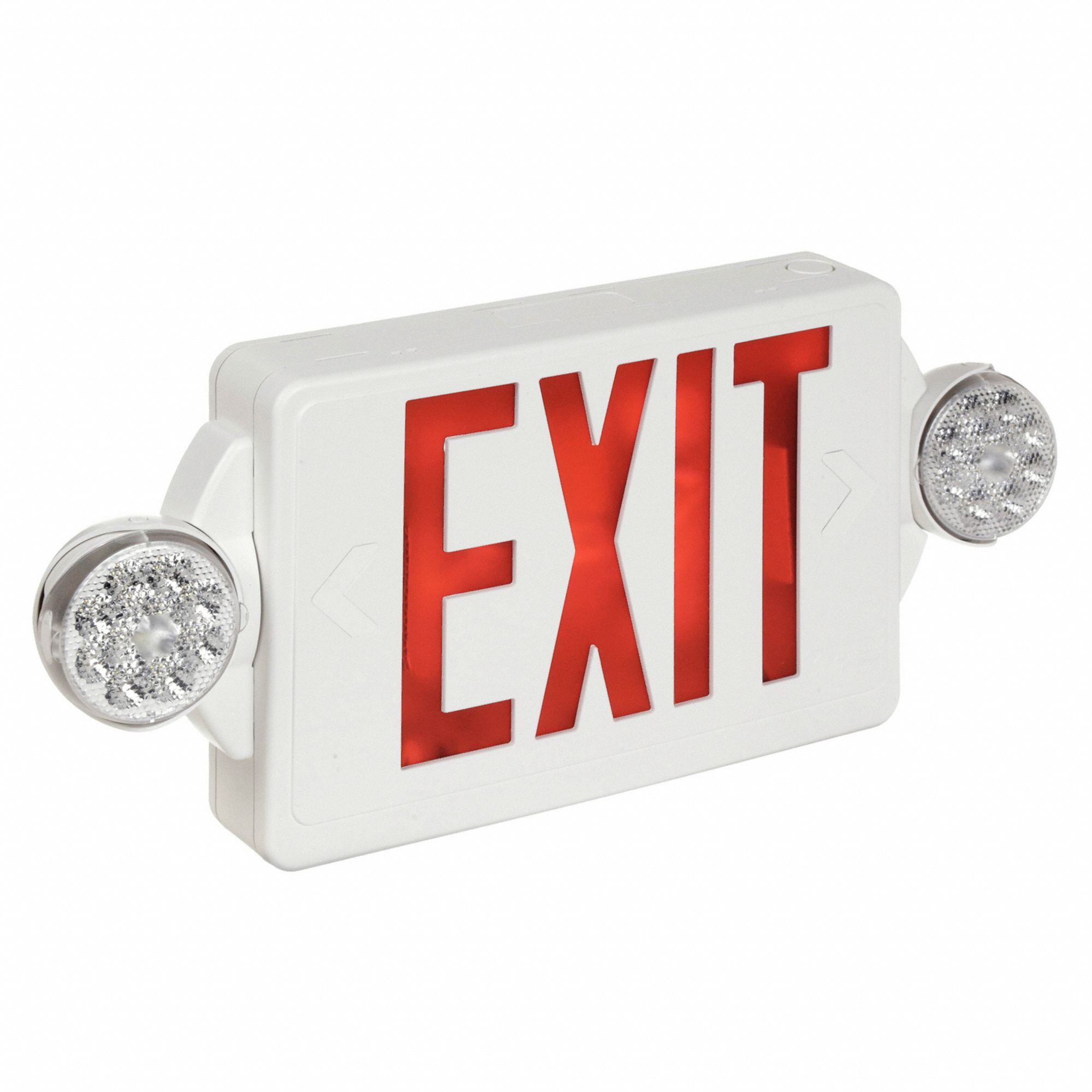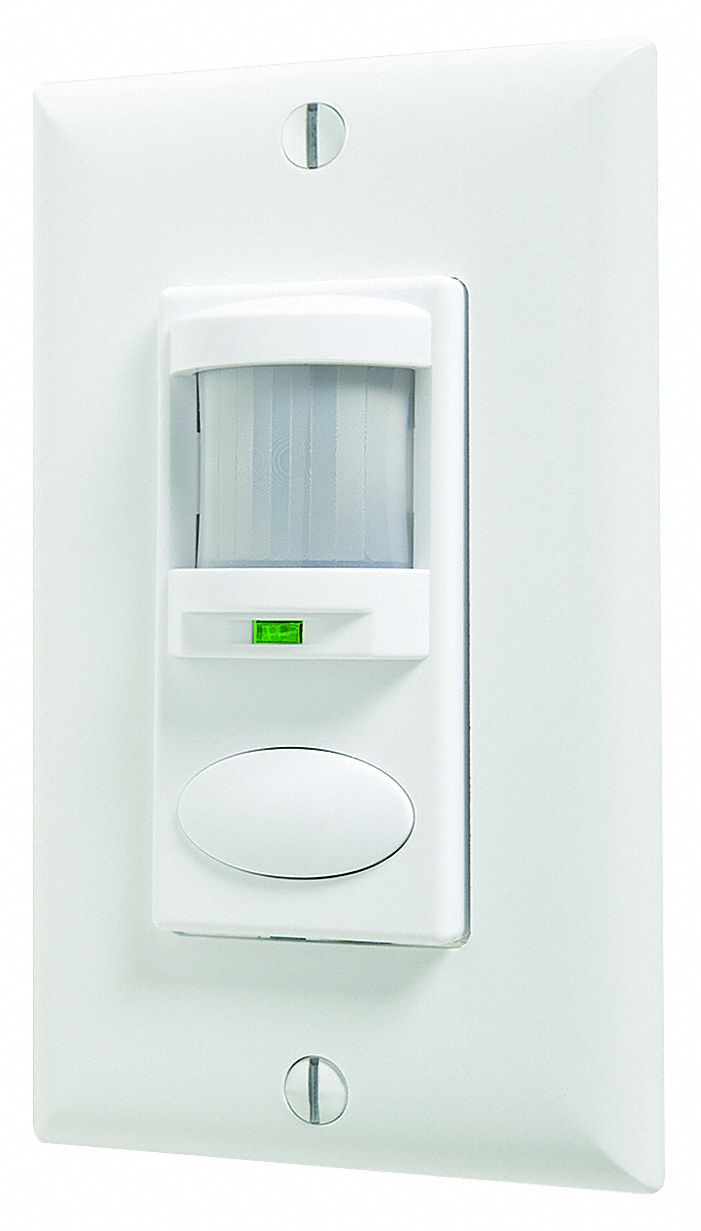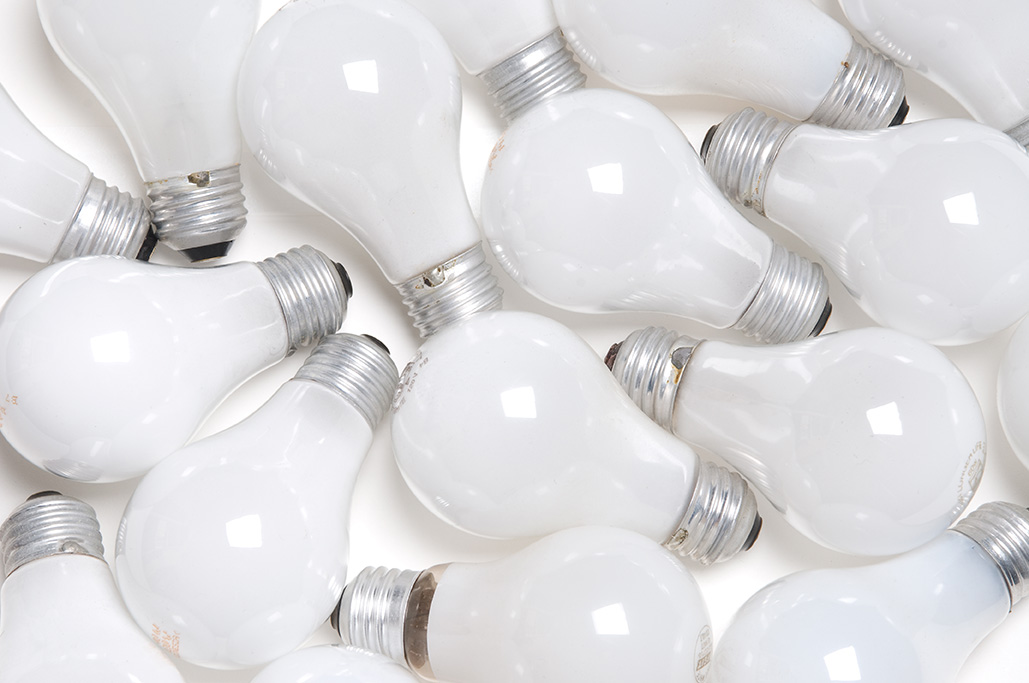

Managing the Incandescent Light Bulb Ban in Your Facility
By Grainger Editorial Staff 8/25/25
The incandescent bulb ban enacted in 2023 prohibits the sale of most incandescent bulbs in favor of LEDs. Learn how updated lighting standards impact your facility, enforcement details, and what to consider when transitioning to energy-saving LED technology
Incandescent light bulbs have illuminated our workplaces and homes for over a century since Thomas Edison’s invention in the late 1800s. However, traditional incandescent bulbs are highly inefficient because only a small percentage of the energy used is converted to light. Due to the growing need for energy conservation, the United States enforced new efficiency standards for light bulbs beginning in August 2023. The changes are often referred to as the “Incandescent Light Bulb Ban.” Get to know the recent changes in lighting efficiency standards and what they mean for your facility.
Updated Lighting Efficiency Standards
According to the U.S. Department of Energy (DOE), these rules will help customers conserve energy and save on utility costs. The first rule creates a revised definition of general service lamps, while the second establishes a minimum light bulb standard of 45 lumens per watt for lighting that meets the modified definition. Most incandescent and halogen bulbs can’t meet that standard. The regulations also ban the import of less efficient bulbs to help ensure consumers have access to more energy-efficient options.
How will the new standards be enforced?
While the new rules were finalized in 2022, federal enforcement began in August 2023. According to the Code of Federal Regulations, violators who stand to profit, including manufacturers, distributors and retailers, could face penalties as much as $542 per violation. The DOE also provided an explanation of its path to enforcement.
What’s not changing?
The rules do not affect any incandescent or halogen bulbs you already own and are instead focused on the sale of new bulbs. Certain bulbs are also exempt from the new efficiency standards, including:
Specialty Bulbs: These include bulbs used for specific purposes like Christmas lights, chandelier bulbs, grow lights, infrared lights and other specialized lighting applications.
CFL (Compact Fluorescent Light) Bulbs: Although CFL bulbs are not included in the initial ban, they are also subject to new efficiency standards. By the end of 2024, minimum efficiency levels for light bulbs could increase to over 120 lumens per watt under yet another administration proposal. CFLs typically fall short of this standard so they may be phased out in the future.
Transitioning to Energy-Efficient LED Bulbs
Shifting away from less energy-efficient halogen and incandescent bulbs is helping reduce overall U.S. energy consumption. The DOE estimates that switching from incandescent bulbs to LEDs will result in nearly $3 billion in consumer savings and help reduce carbon emissions by 222 million metric tons over 30 years.
How Do LEDs Save Energy and Money?
Incandescent bulbs produce light by sending an electric current through a filament, causing it to heat up and glow. However, this process is highly inefficient — less than 10% of the energy is converted into light, while the rest is lost as heat.
LED bulbs, however, use semiconductor technology to create light. This process makes LEDs more efficient, generating minimal heat and using up to 90% less energy than incandescent bulbs. LEDs also last 25 to 50 times longer than incandescent bulbs, translating to fewer replacements and less maintenance work.
Understanding LED Lighting
Improved LED technology is helping save money, reduce maintenance efforts and contribute to a greener future. Here are some important factors to consider when transitioning to LED bulbs:
Lumens, Not Watts: Unlike incandescents, often categorized by wattage, LED brightness is measured in lumens. Higher lumens indicate brighter light. Be sure to choose LED bulbs that provide the desired illumination level for your needs.
Color Temperature: LEDs come in various color temperatures, measured in Kelvins (K), that determine the light’s warmth or coolness. Temperatures below 3500K are closer to the warm glow of incandescent bulbs, while temperatures above 3500K produce a cooler, bluish-white light.
Color Rendering Index (CRI): The CRI measures how accurately colors appear under a light source. Higher CRI values mean truer colors. LED bulbs with a CRI in the 80s or above are generally recommended for most applications.
Replacing Bulbs vs. Fixtures: Replacing incandescent or halogen bulbs with LEDs is often cheaper and easier since it doesn't require new wiring or installation work. New LED fixtures offer better light dispersal, sleeker design and connectivity advantages since they can be integrated into a building’s lighting control system.
While making the transition to LED bulbs, take the time to research and select the right options for your facility’s needs. Test different bulbs to help ensure they meet your expectations before committing to a larger-scale replacement. By doing so, you’ll be on your way to a brighter, more efficient and sustainable future.
For more information about switching to LEDs, visit Grainger Lighting Services.
Frequently Asked Questions
Look for specific labels and markings on the packaging or bulb to help determine if a light bulb is energy efficient. Check for the Energy Star label, which indicates it meets the criteria set by the Environmental Protection Agency and the Department of Energy. The Lighting Facts label also provides information on brightness, annual energy cost, life expectancy and light appearance. Make sure that the bulb produces at least 45 lumens per watt to meet the new efficiency standards.
Several mail-in rebates, buy-downs and other incentives are available for commercial buildings to help promote Energy Star-certified bulbs and fixtures. Energy Star notes these programs can provide up to $249 in savings for LED light fixtures. Section 179D of the Energy Policy Act also provides a path for businesses to take a tax deduction for installing energy-efficient LED lighting systems. The LED lighting system must reduce the energy used by a certain percentage and be certified by an engineer or lighting professional to qualify.
Incandescent bulbs can be disposed of in regular trash, but it’s recommended to surround them with plastic or packaging material to prevent injuries from potential broken glass. Using light bulb recycling kits or bulb crushing products can help ensure safe disposal. Recycling incandescent bulbs can be challenging due to the small amounts of metal and glass, which are difficult to separate, so many recyclers don’t accept these bulbs. Search for local recycling programs that specifically accept incandescent bulbs or consider sending the bulbs by mail to a specialized recycling facility.
In December 2022, the Biden administration proposed stronger efficiency requirements through the Department of Energy for light bulbs to help conserve energy and lower energy costs. The proposed rule would significantly raise the minimum lightbulb efficiency standard from 45 to over 120 lumens per watt for most common light bulbs. If adopted in 2024, the new rule aims to accelerate the transition from incandescent and compact fluorescent bulbs to more energy-efficient LED bulbs.

Safety Management
6 Tips to Help Prevent Slips, Trips and Falls
Identify the fall hazards in your workplace and implement a fall safety program. Check out these tips from Grainger so you can mitigate risk.
![]() OUR LATEST KNOWHOW
OUR LATEST KNOWHOW

Equipment
Facility Pest Control: How IPM Helps Safely Manage Insects
Discover safe, compliant pest control with IPM. Find tips for insect monitoring, sanitation and safe insecticide use in commercial facilities.
The information contained in this article is intended for general information purposes only and is based on information available as of the initial date of publication. No representation is made that the information or references are complete or remain current. This article is not a substitute for review of current applicable government regulations, industry standards, or other standards specific to your business and/or activities and should not be construed as legal advice or opinion. Readers with specific questions should refer to the applicable standards or consult with an attorney.



